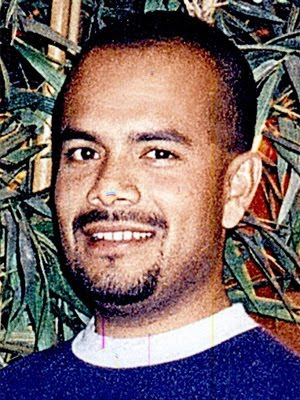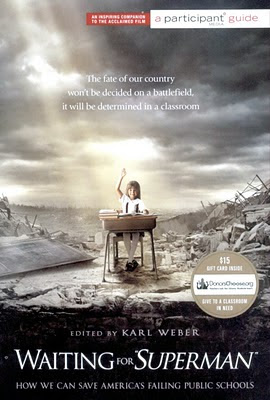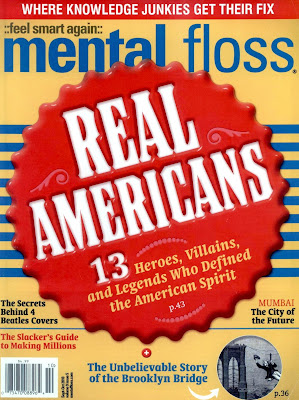 “Childhood is the kingdom where nobody dies.
“Childhood is the kingdom where nobody dies.Nobody that matters, that is.”
Edna St. Vincent Millay
I am haunted by the face of Rigoberto Ruelas Jr. People who choose to take their own lives do so for a number of reasons. There may be an inciting incident, something that pushes them over the edge, but it is too easy to point to that one event and say, that is why they did it.
I do not know Ruelas, his family, or what transpired in the thirty-nine-year old’s mind that led him to that bridge in the forest. What we do know from friends, family, and colleagues is that he was tremendously disturbed about the publication of his name and “value-added” score as a teacher in the Los Angeles Times.
People outside of education wonder what the fuss is about. It’s time we exposed the inept and deficient teachers clogging our schools, some might say.
Teachers take great pride in their work. They put their hearts, souls, and personalities into the classroom to reach those students. No one shows up to teach kids every day without being deeply, intrinsically committed to the children in their care. Ruelas was a fourteen year veteran, having started out as a teacher’s aide at Miramonte Elementary School. In his career, he had almost perfect attendance; quite a feat when you realize how many colds and flu teachers are exposed to every year in addition to the fatigue and sleep deprivation that come with the job.
According to an article on DailyNews.com, Ruelas was “a dedicated teacher who cared deeply about the children at Miramonte. Parents and students said he often stayed after school to tutor struggling kids and offer counseling so they stayed on the straight and narrow.”
In this debate over education reform, we must be careful. To bash those who have given so much to kids is unacceptable and wrong. Teachers want their students to succeed; they want to be successful in the classroom. No one wants to be a failure on the job, and in teaching, if you are not on top of your game, your students will remind you and repay you for you incompetence. Kids know when they are not being taught anything.
Let’s not forget that only a small fraction of teachers are not performing adequately. The majority show up, day in and day out. They go home at night exhausted and spent only to face more hours of preparation and grading for the next day. They are not looking for sympathy. This is the life they chose, and they love their work. They go to sleep at night knowing that however bad the day was, in spite of the lesson that misfired, that frustrating parent meeting, the endless bureaucracy that must be tolerated, they have done something to make the world better: one child, one life, one hope for the future.
To publish test scores that indicate, to some extent, that our schools and teachers are not getting the job done, especially when the district and unions try to hide those statistics, that is good, and what journalism is required to do. They bring the power of the press to represent us, and we should applaud them for doing more than following Lindsay Lohan around.
To place teachers’ names in the paper and brand them “less effective” based solely on those scores without any other evidence or testimony, that is wrong—ethically and morally.
Don’t bash teachers. Bash the districts, the unions, the inept school administrations, but leave teachers alone. Confront the issue of school reform, but do not reduce the fight to a personal attack. If someone is failing in the classroom, principals and administrators should suggest they explore another career option, but we do not publish their names in the paper and hold them up for public scorn like Hester Prynne. More importantly, we must protect and treasure the good teachers.
And please, consider the test scores a fraction of the larger picture. Teachers do many jobs every day—instructor, counselor, supervisor, mediator, expert, problem-solver, public relations manager—the list is endless. You cannot effectively evaluate a teacher on only one criteria. That is why good administrators get into their teachers’ classrooms every day. They know the successful teachers because they’ve seen them in action on a daily basis. They can tell who is doing the job and who is failing, and it is their responsibility to weed out the problem teachers. That is why districts, administrators and unions should be on the hot seat in this talk of reform. Who is responsible for rehiring these teachers every year? Who has allowed this situation to continue to exist year after year? Who tried to hide the “value-added” scores from even the teachers, themselves?
Rigoberto Ruelas Jr. was there for his kids every day for fourteen years. Too bad someone wasn’t there to talk him down from that bridge in the forest.
We know that teachers are heroes. We are now reminded that they are also mortal.




.JPG)


.JPG)